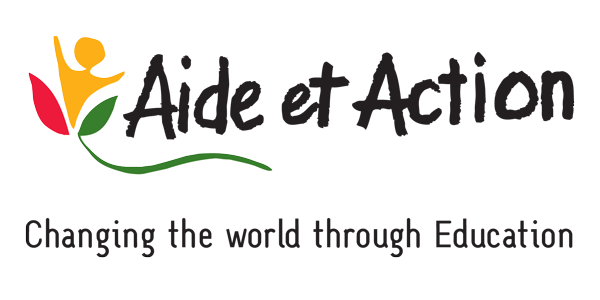Back in May, a report from the World Bank highlighted that one key area Vietnam will need to address to achieve its goal of becoming a high-income economy by 2045 will be human capital investment.
Already, according to the report, half of the country’s firms see a shortage of workers with advanced cognitive, technical and socio-behavioural skills as a major barrier to their business expansion. The report said Vietnam needed to increase the number of “skilled workers and opportunities for all”, adding that while the country has made significant progress in reducing poverty and increasing access to education and healthcare over the last two decades, disparities between ethnic groups remain.
Approximately 9 million people still live in extreme poverty, of which 6.6 million (73%) are from ethnic minority heritage, although they only account for 15% of the country’s total population. About three-quarters of the country’s poorest live in remote and rural areas, with their geographic location acting as a further barrier to accessing quality education and health services.
If the country is to invest in human capital to support its Socio-Economic Development Strategy (2021–30), investing in those who have been largely rendered invisible in Vietnam – ethnic minority groups in geographically isolated regions – may offer significant opportunities to expand the country’s labour pool.
As the World Bank states, this is “not just for reasons of equity but also for economic efficiency”.
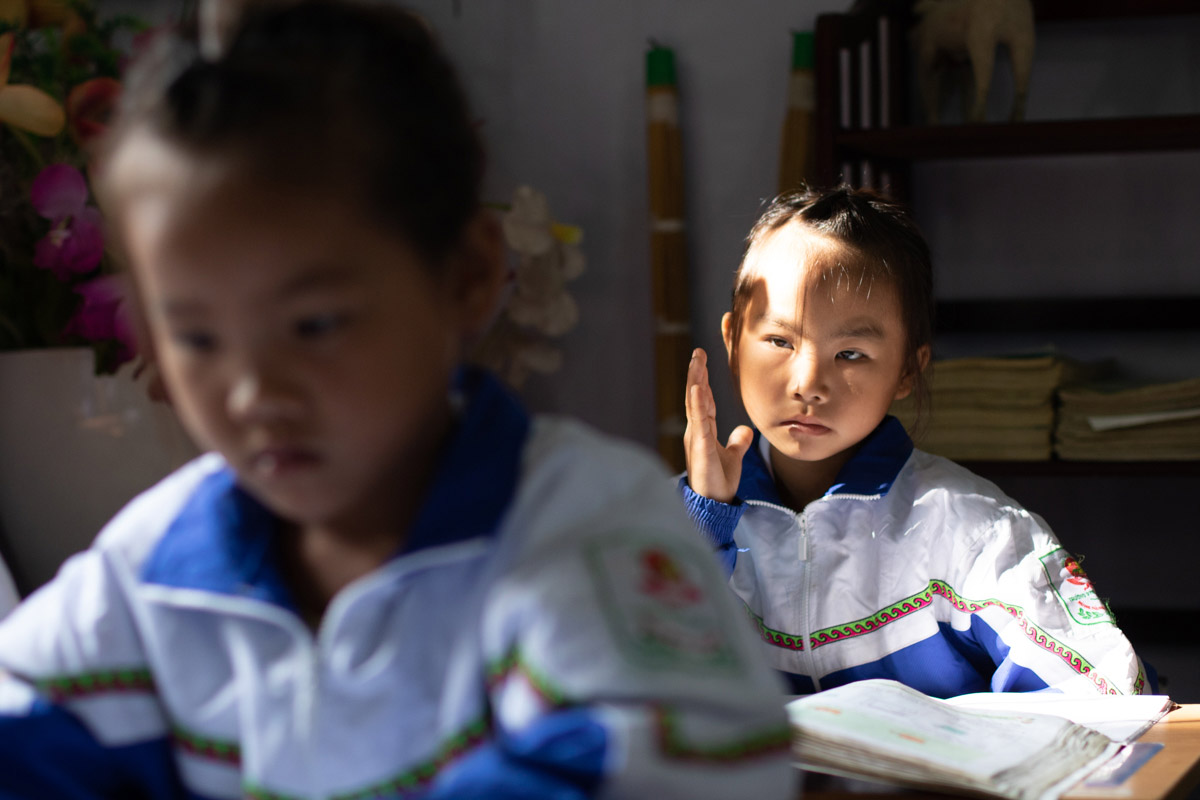
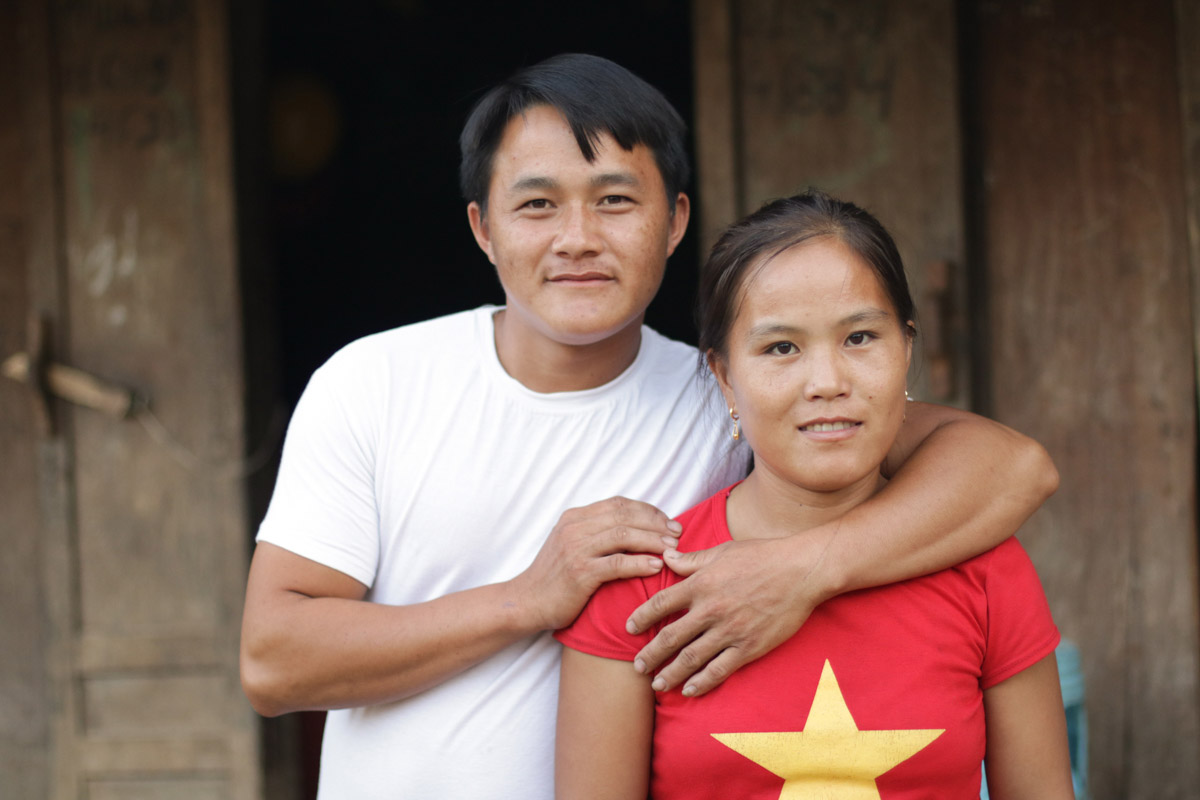
We have a saying in Vietnam … if you are not the child of the King, you cannot become the King. It means if you don’t have the money or connections, you cannot surpass your social class
In Bac Ha district, located in the remote northern mountainous province Lao Cai bordering China, ethnic minorities account for more than 80% of the total population, of which the H’Mong ethnic group makes up a large majority. Levels of unemployment remain high in Bac Hac and in Lao Cai in general. Many youth leave school to farm or to join insecure labour markets without a clear career orientation, where they end up earning low incomes with little job security.
In 2018, the Ministry of Education announced its objective to offer professional career counselling to all secondary and high-school students by 2025 to meet the employment demands of local businesses. In line with this goal, international non-profit Aide et Action has been working with schools, businesses, local communities, private financial institutions and local authorities to ensure minority group children (defined as those speaking languages other than Vietnamese at home) do not get left behind in this process.
When it comes to school enrolment, Vietnamese Kinh majority children and ethnic minority children share similar rates during primary and lower-secondary school. However, once they reach the age of 15, minority group children are less likely to continue education. Recent findings from the World Bank indicate that approximately 74% of Kihn are attending upper-secondary schools compared to just 44% of minority group children. Minority group children are also lagging behind in grade levels, with 12% of 15 to 17-year-olds who should be in upper-secondary level, still enrolled in lower secondary level. The same only occurs 7.5% of the time among the majority Kinh.
According to Aide et Action Vietnam project manager Thu Huong Tong, the importance of mother-tongue instruction must be addressed in pre- and primary school education in order to keep minority children in school for longer.
“This will lead to improved reading outcomes in national languages later in school, thus reducing one of the contributing factors of dropouts and is the priority in the new state curriculum until 2030,” Huong said.
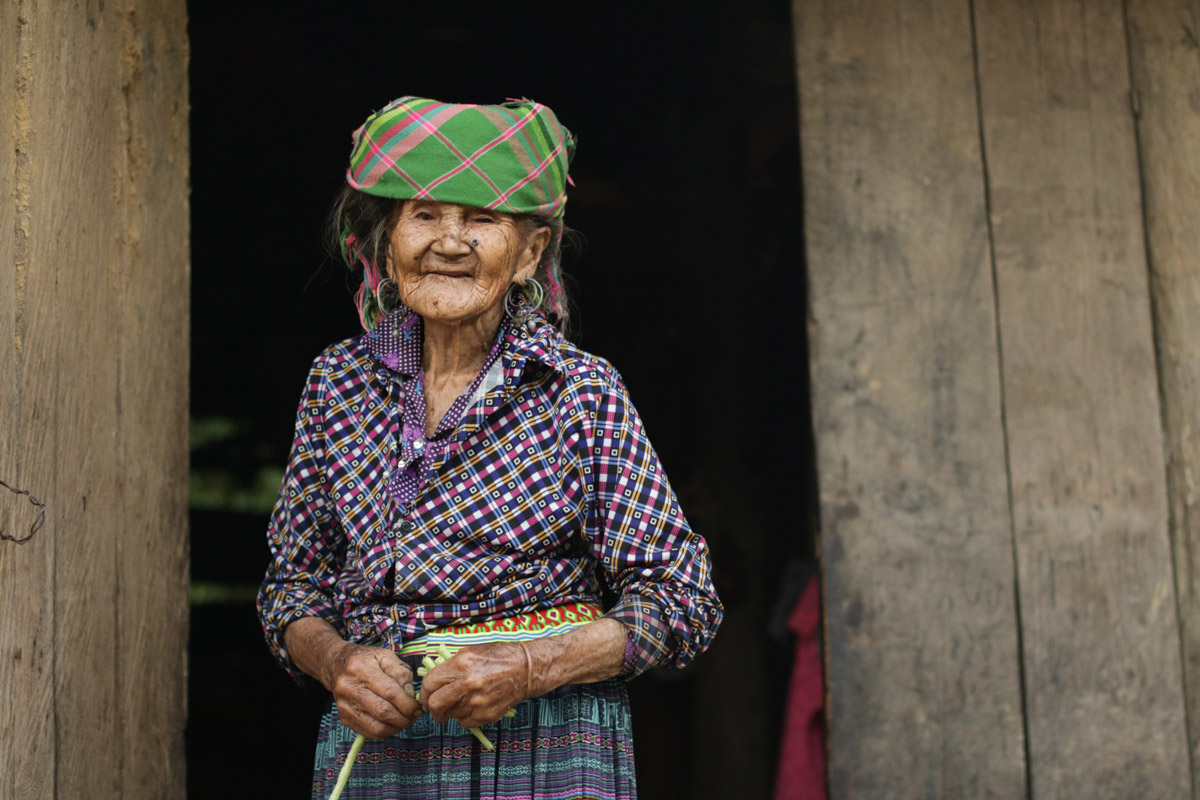
For farmer and father-of-three Cu A Chu, seeing his children finish secondary school is his highest priority. The income Chu makes from his small farm doesn’t always offer enough to provide for his household of eight, but farming is all he knows. It runs in the family – Chu’s 100-year-old grandmother still grows and sells plants used for traditional medicine to support the family.
“We have a saying in Vietnam … if you are not the child of the King, you cannot become the King. It means if you don’t have the money or connections, you cannot surpass your social class,” he explains.
But nevertheless Chu is trying, and is eager to offer his children opportunities he never had himself.
“We don’t have desks for the children at home yet or a place for them to do their homework or even a lightbulb,” he explains. “They study outside in the yard or sometimes on the bed, but I am going to build a corner for them with material and light as soon as I can,” he said.
In the current context, if minority group students such as Chu’s children manage to complete secondary school, finding gainful employment upon completion is not guaranteed, or even likely. In Lao Cai and Hoa Binh provinces, while exact figures are hard to ascertain, rural youth face extremely high levels of unemployment. Factors contributing to this include the failure of educational institutions to provide students with employability skills, outdated career training and materials, jobs arising for which ethnic minority youth are not trained, geographical locations of vocational training centres, and a reduction in agricultural labour opportunities.
If these issues were addressed through inclusive reforms to the current education and training systems, it may offer create opportunities to upskill Vietnam’s ethnic minority youth so they can meet the requirements of today and tomorrow’s jobs.
Backed with funding provided by the EU, Aide et Action is currently collaborating with North West Development Center, a local NGO based in Hoa Binh, to initiate reforms to meet the needs of minority youth. This 42-month project – starting in 2020 and ending in 2023 – is set to reach 7,165 ethnic minority youth, including 5,088 high school students, 1,441 college students and 636 youth not currently enrolled in formal education.
As part of the project, career orientation materials for upper-secondary schools will be reviewed and revised. This will involve close collaboration with almost 1,000 teachers, including 365 from vocational training colleges and 584 from high schools, as well as 74 staff from local authorities and 50 local enterprises.

To equip Vietnam’s youth with the skills needed for today and tomorrow’s jobs, more post-secondary education options, such as dedicated vocational education training institutions, need to be made available. This need is illustrated in the increased investment from the private sector into vocational training, with the Asian Development Bank in 2018 approving a $78 million financing package to improve the quality of technical, vocational and training institutions to help Vietnam’s labour force meet market demands.
Aide et Action Vietnam’s project manager Trung Truong says that his organisation’s latest EU-backed project will also offer much-needed market-oriented experience through providing links with the private sector.
“Vocational training, apprenticeships, and entrepreneurship initiatives are key to giving ethnic minority youth more opportunities to participate in the economic and social growth of their provinces as [Vietnam’s] labour pool naturally shrinks due to ageing,” said Trung. Indeed, Vietnam is among the fastest ageing societies in Asia.
Within minority groups, levels of discrimination are magnified for girls, particularly in terms of education. One contributing factor is early marriage and adolescent pregnancy
With support from HSBC, Aide et Action is also running an incubator project in Lao Cai and Hoa Binh provinces, designed to support ethnic minority entrepreneurs to set up their own businesses. The incubator is encouraging young entrepreneurs to explore new options and opportunities other than traditional career paths so they may realise their entrepreneurship aspirations, as well as to inject new impetus to economic development.
For 27-year-old Lo Thi Hanh, who works in agriculture and eco-tourism, projects like this are providing opportunities that would be difficult to access for ethnic minority women ordinarily.
Within ethnic minority groups, levels of discrimination are magnified for girls, particularly in terms of education. One contributing factor is early marriage and adolescent pregnancy – according to the World Bank, over 23% of ethnic minority women currently aged 20 to 49 were married before age 19.
When Hanh married at 16 years old, she dropped out of school to work in the fields and start a family. Now, she is raising her child on her own and is determined to offer her daughter a different, and brighter, future.
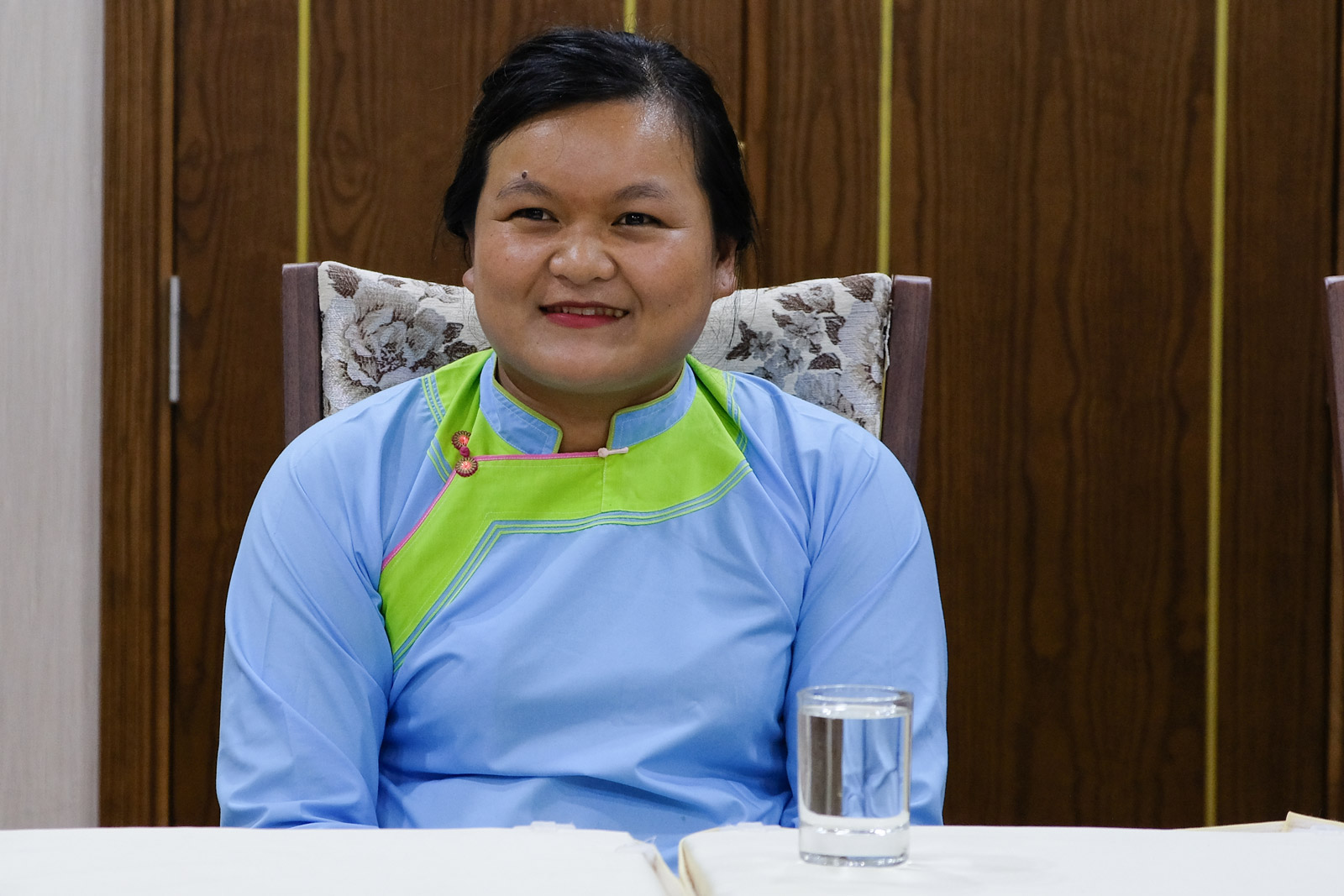
“I will not give up, I will always try my best,” she said. “I hope to develop enterprise management skills and gain knowledge in technology, production, and to connect my brand to the market … My dream for the future is to expand my business so more people know about us so that I can help more women in my community”.
This issue of inclusivity in the economy is, once again, not just one of social justice and equity. According to the McKinsey Global Institute, advancing economic opportunities and equality for women in the Asia-pacific region could increase the region’s collective annual Gross Domestic Product by 12%, or $4.5 trillion, by 2025.
Initiatives like HSBC’s and Aide et Action’s incubator will play a key role in supporting the transition of ethnic minorities into household enterprise and wage employment – ultimately feeding into the country’s long-term prosperity. As Vietnam steadily progresses towards this goal, a great challenge remains in making this prosperity inclusive for all.
As the country slowly emerges from the economic fallout of Covid-19, tapping into Vietnam’s currently wasted human potential in its millions of marginalised ethnic minority members could prove critical in accelerating the country’s final push to the much-coveted high-income status.
This article has been written by Aide et Action as a part of a partnership with Southeast Asia Globe to highlight the economic fallout of Covid-19 for poor Cambodian communities. You can read more stories written by Aide et Action on social issues impacting the region here.
